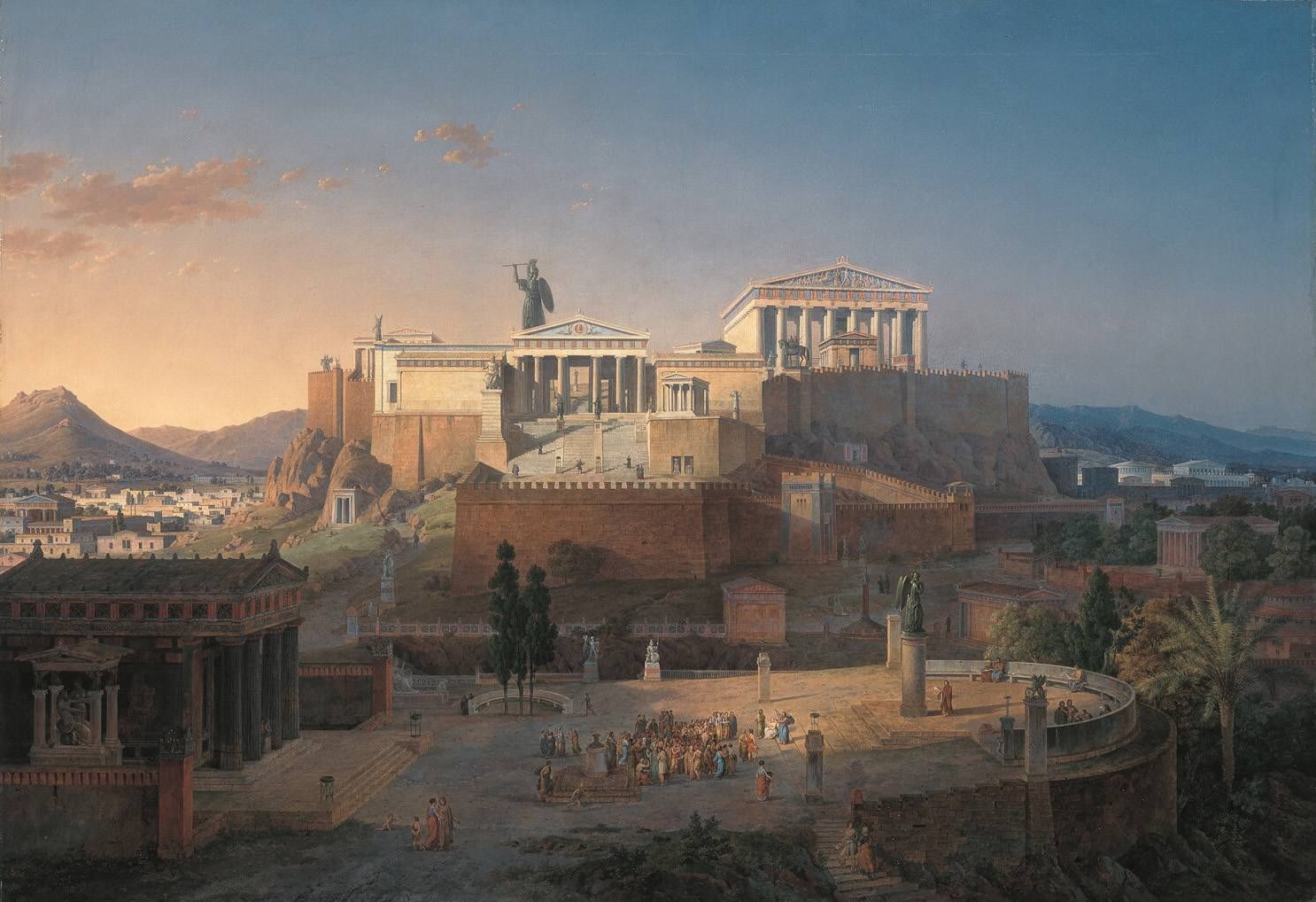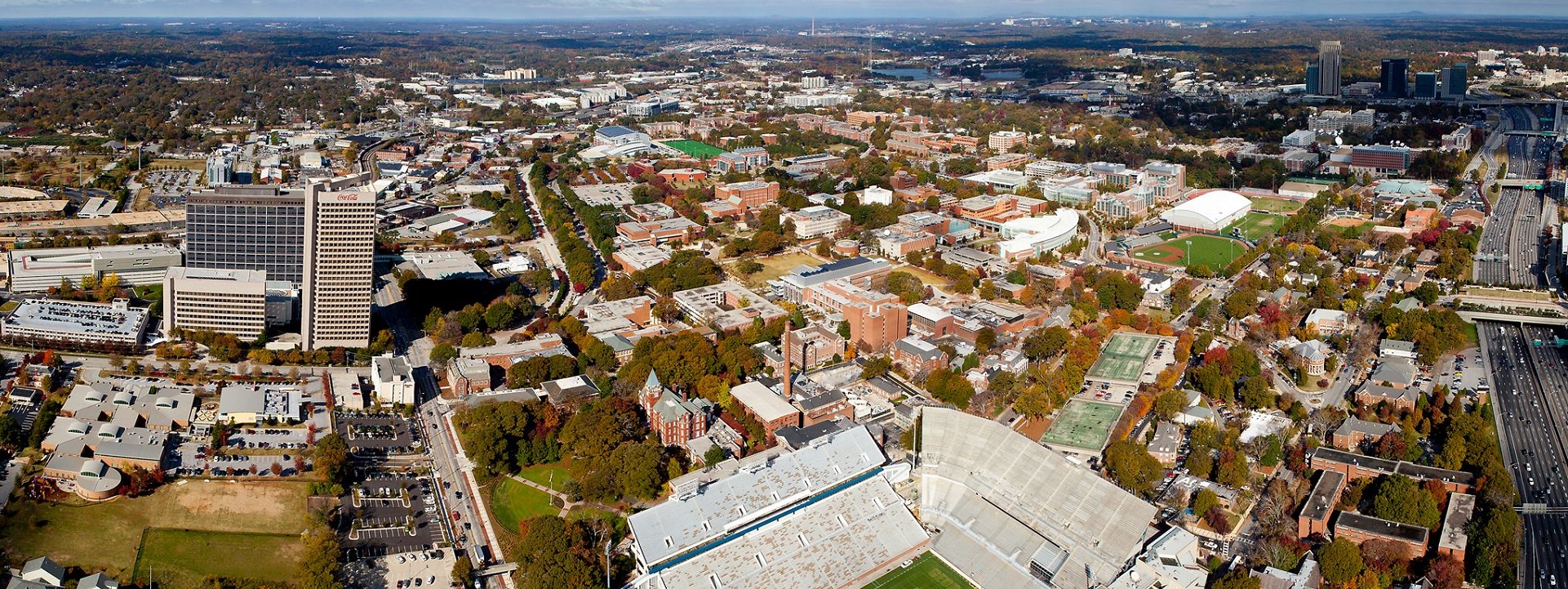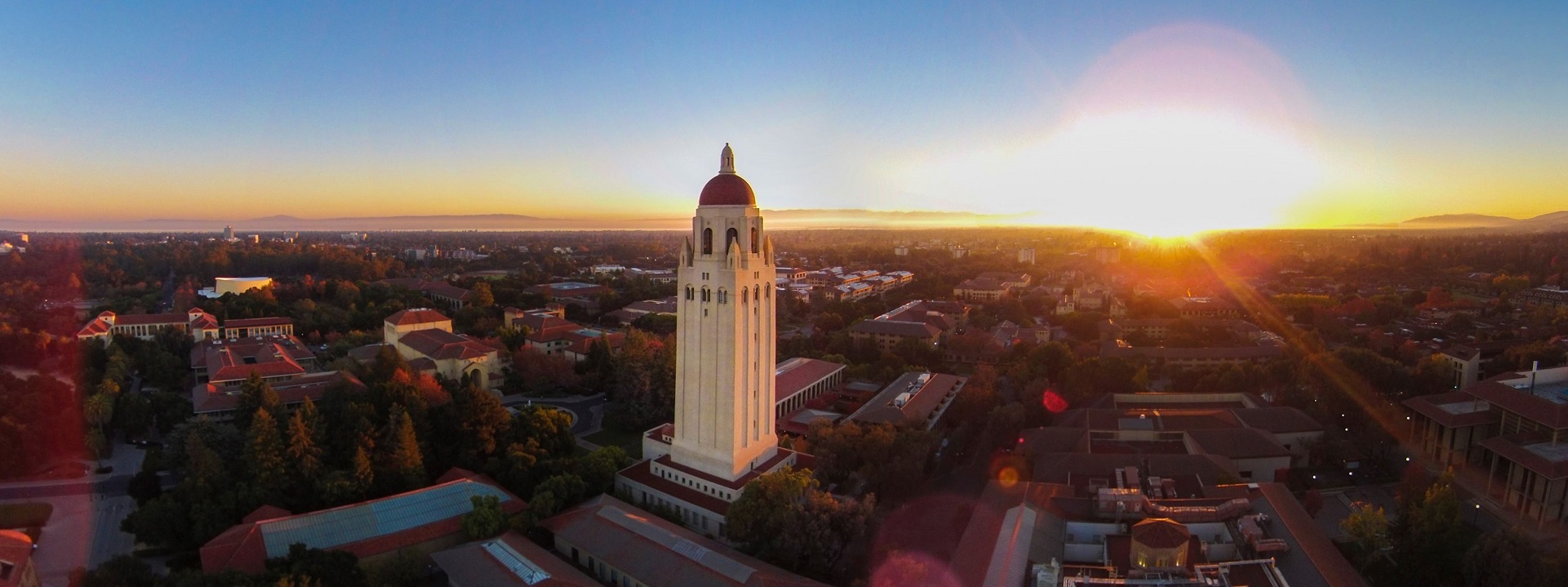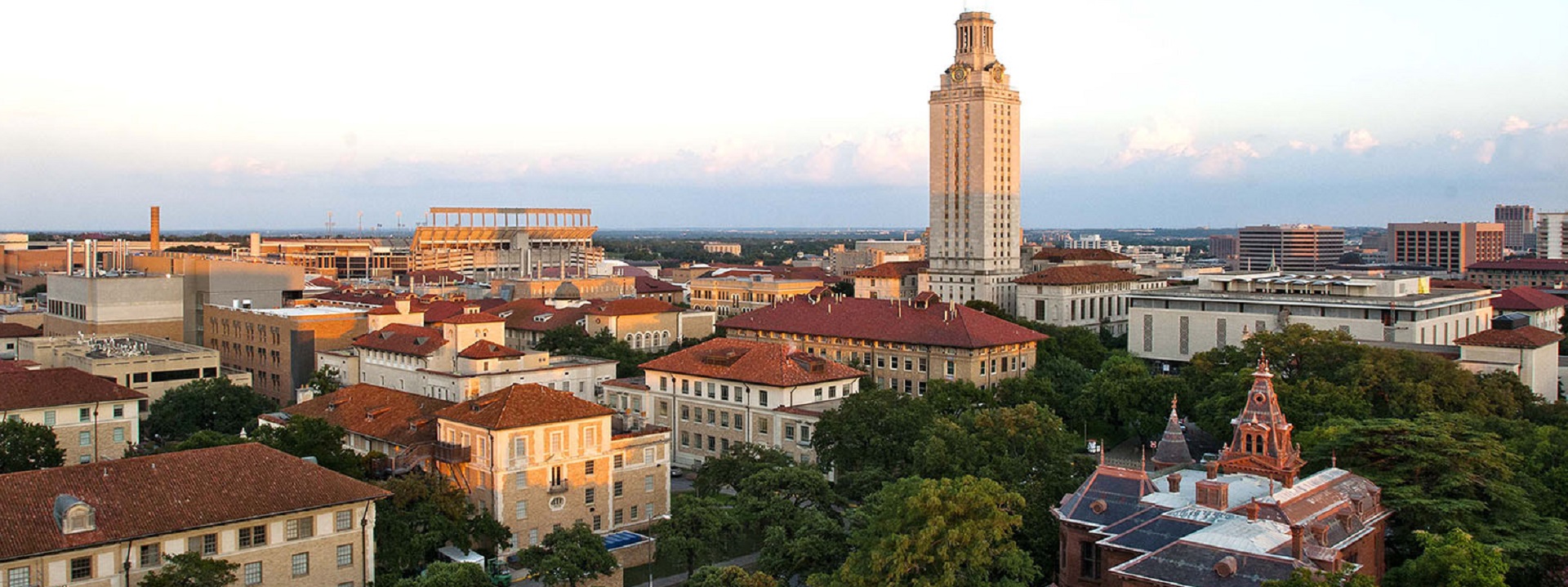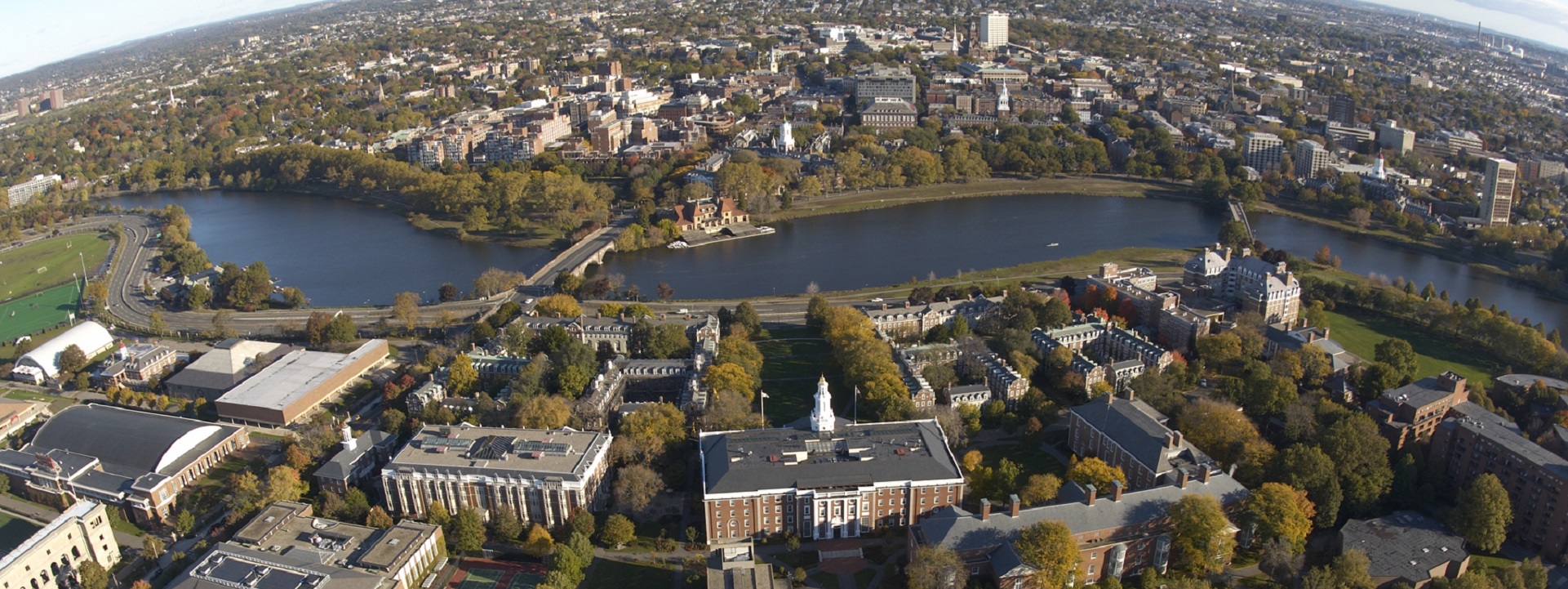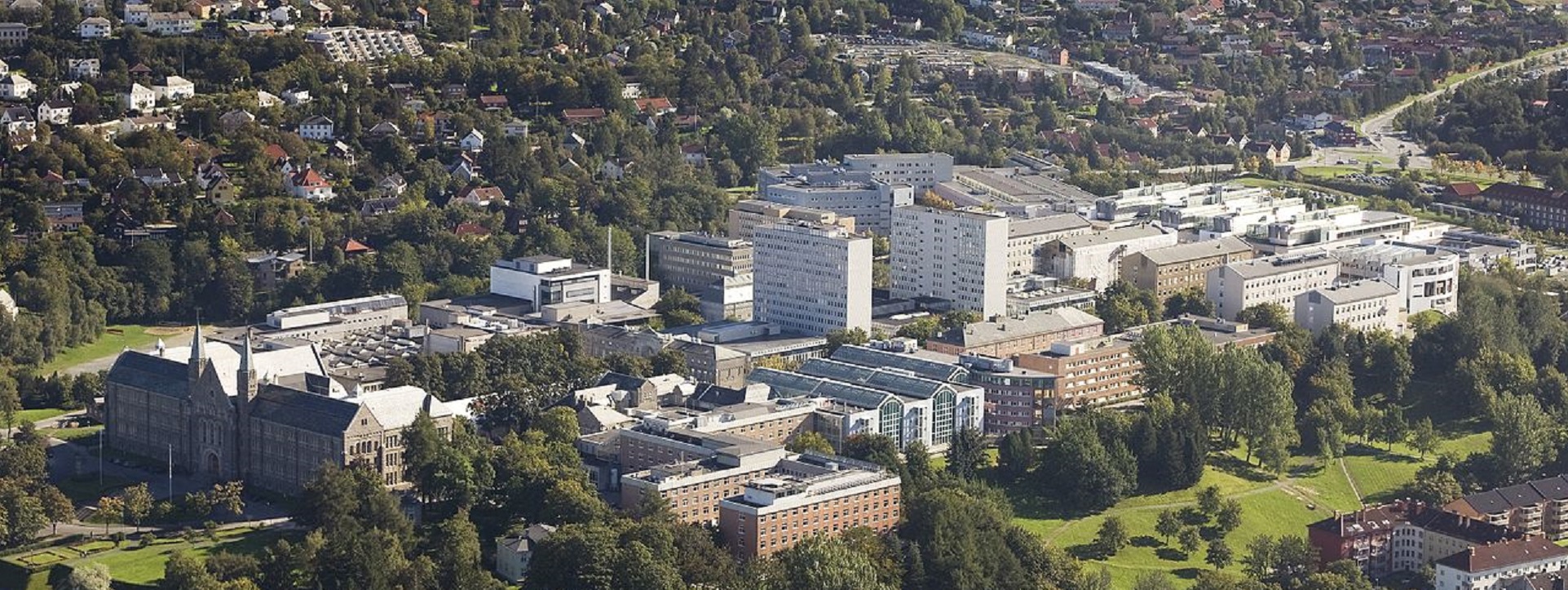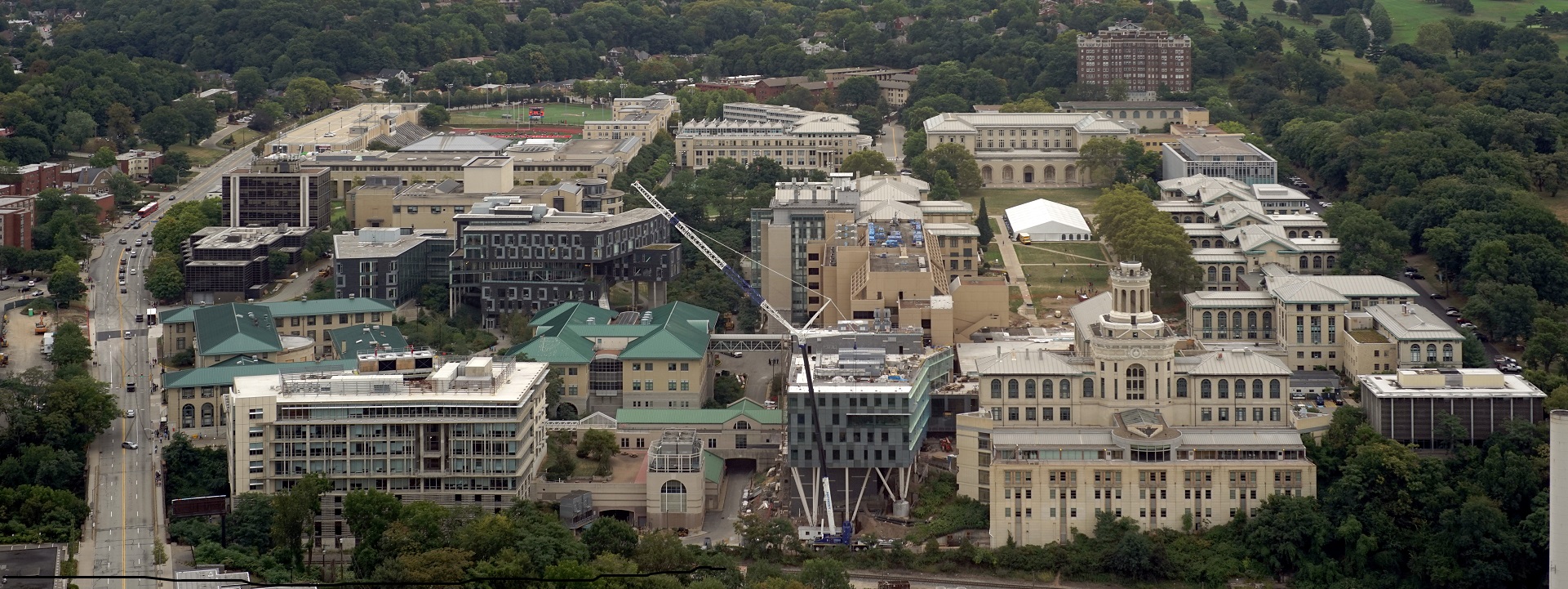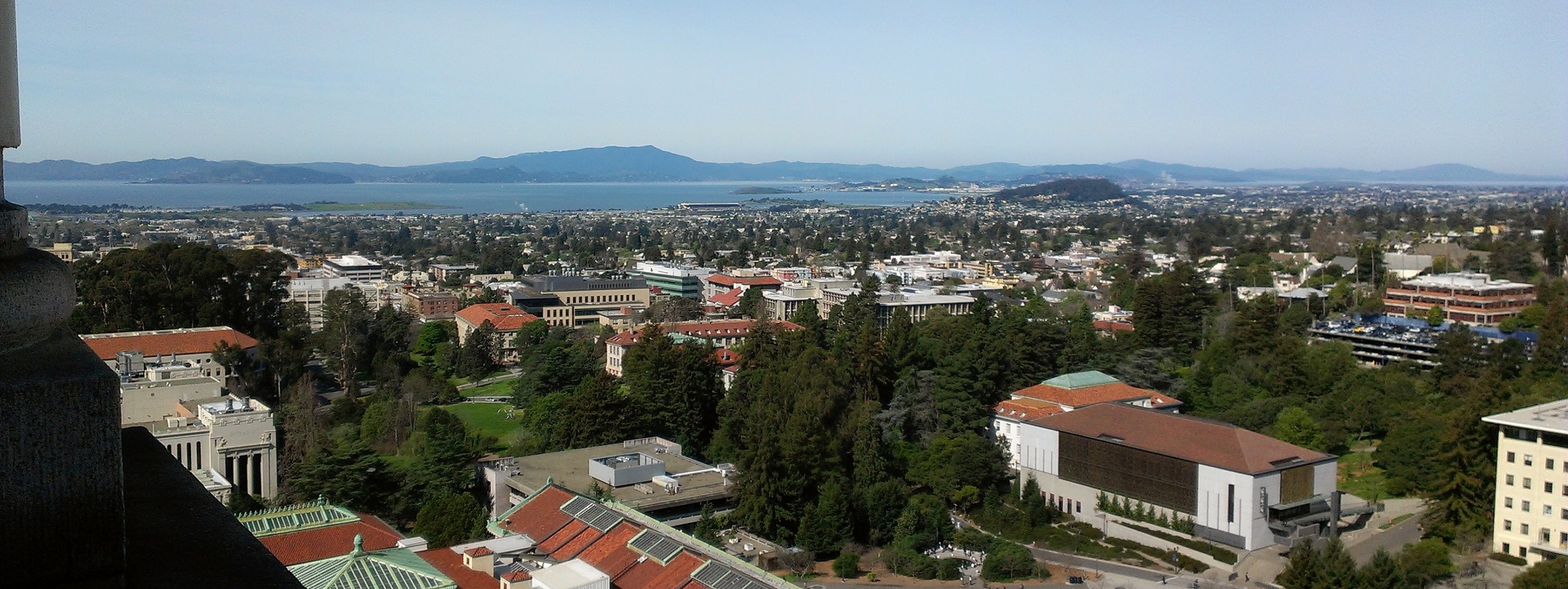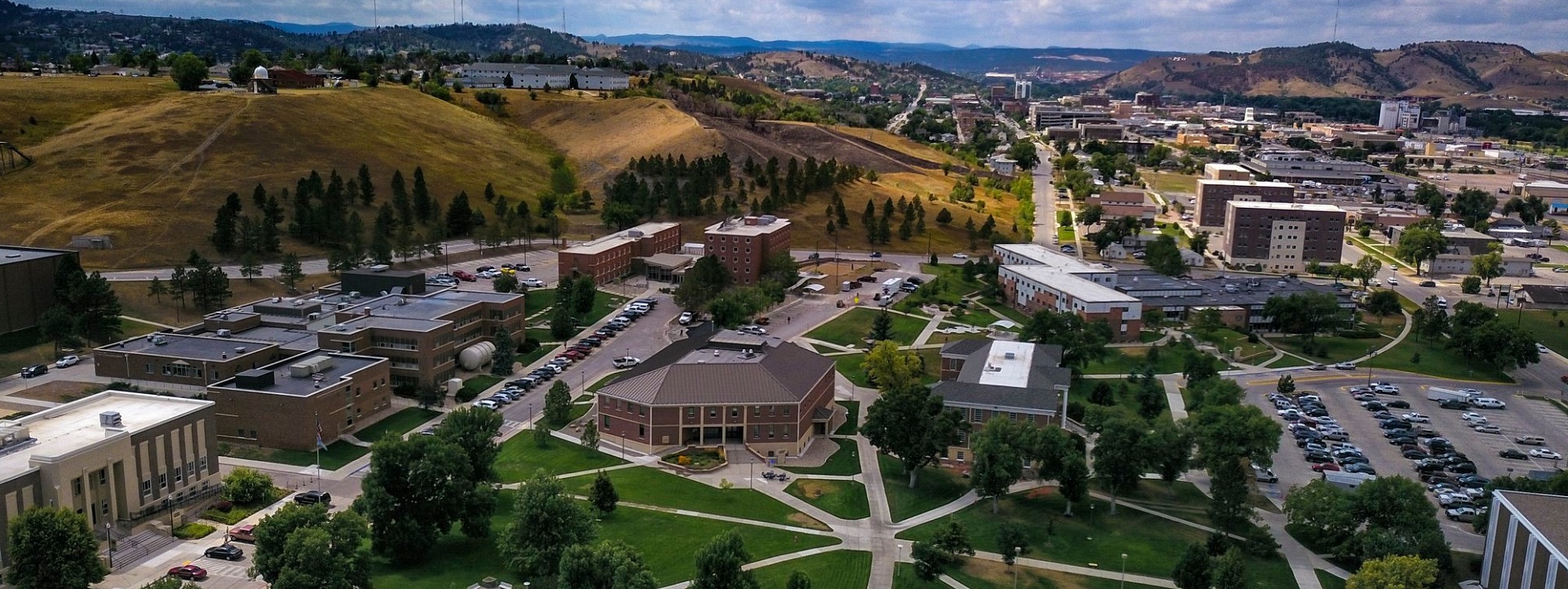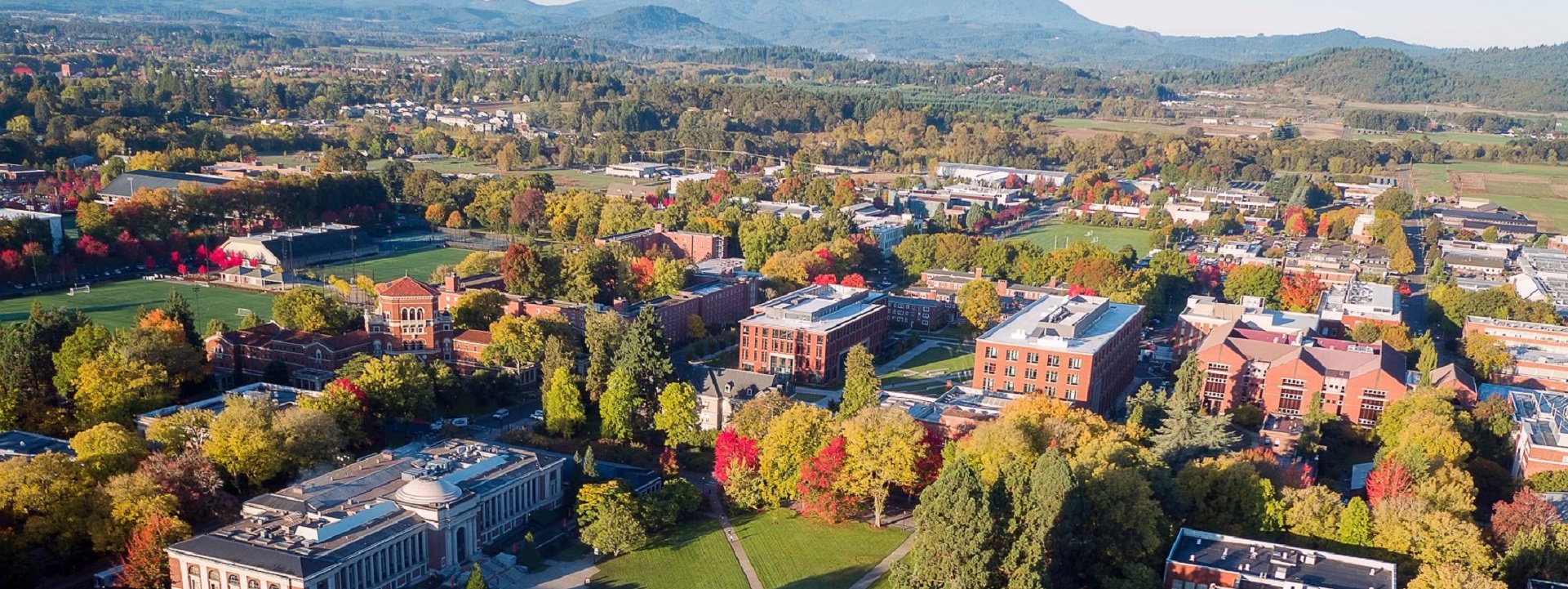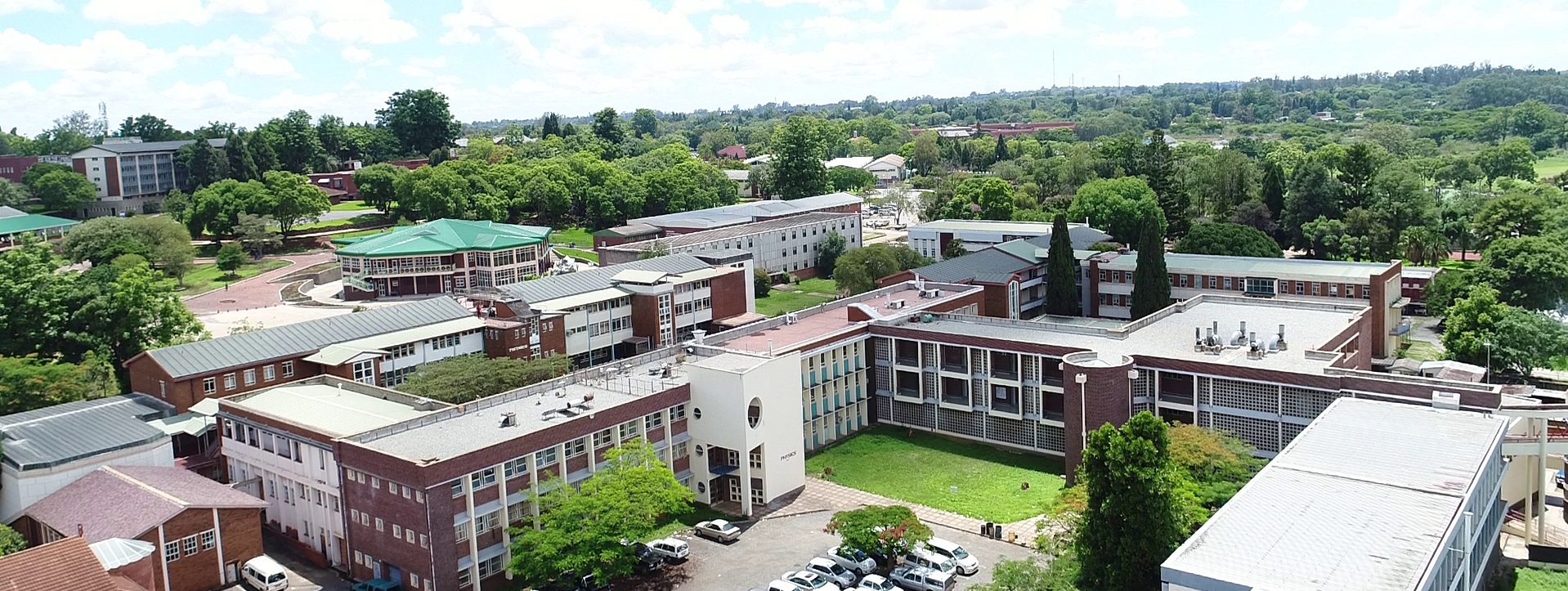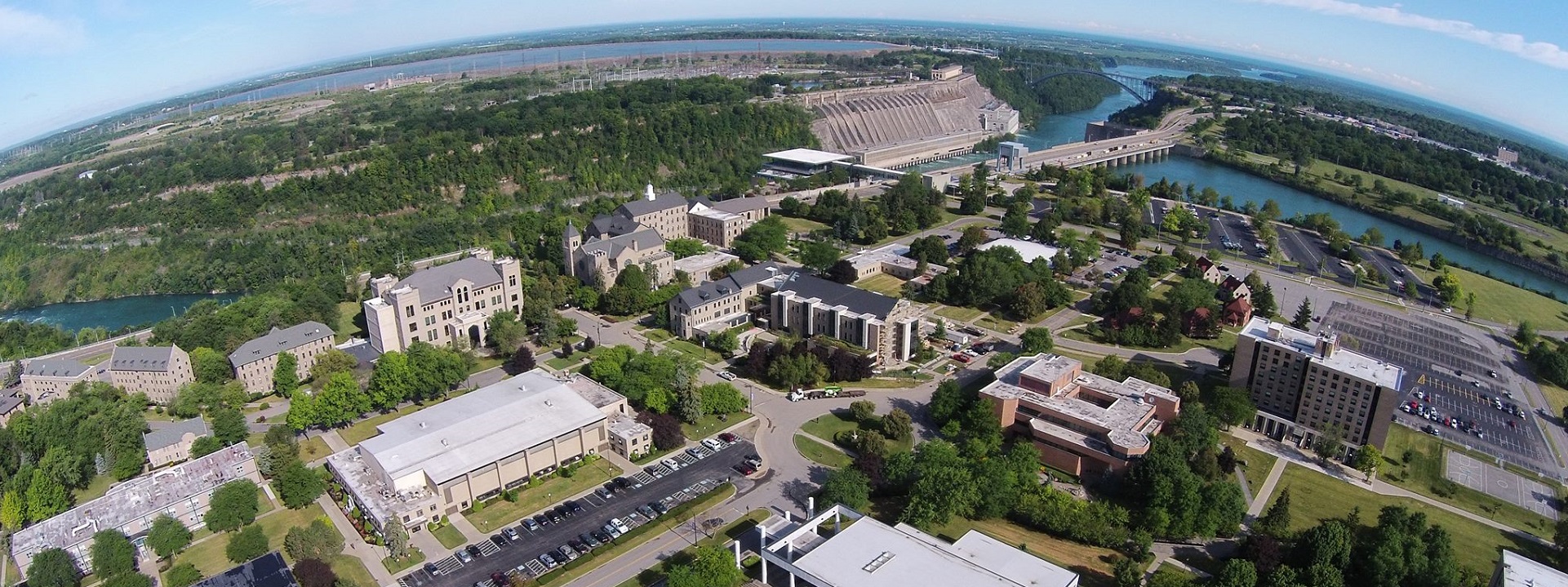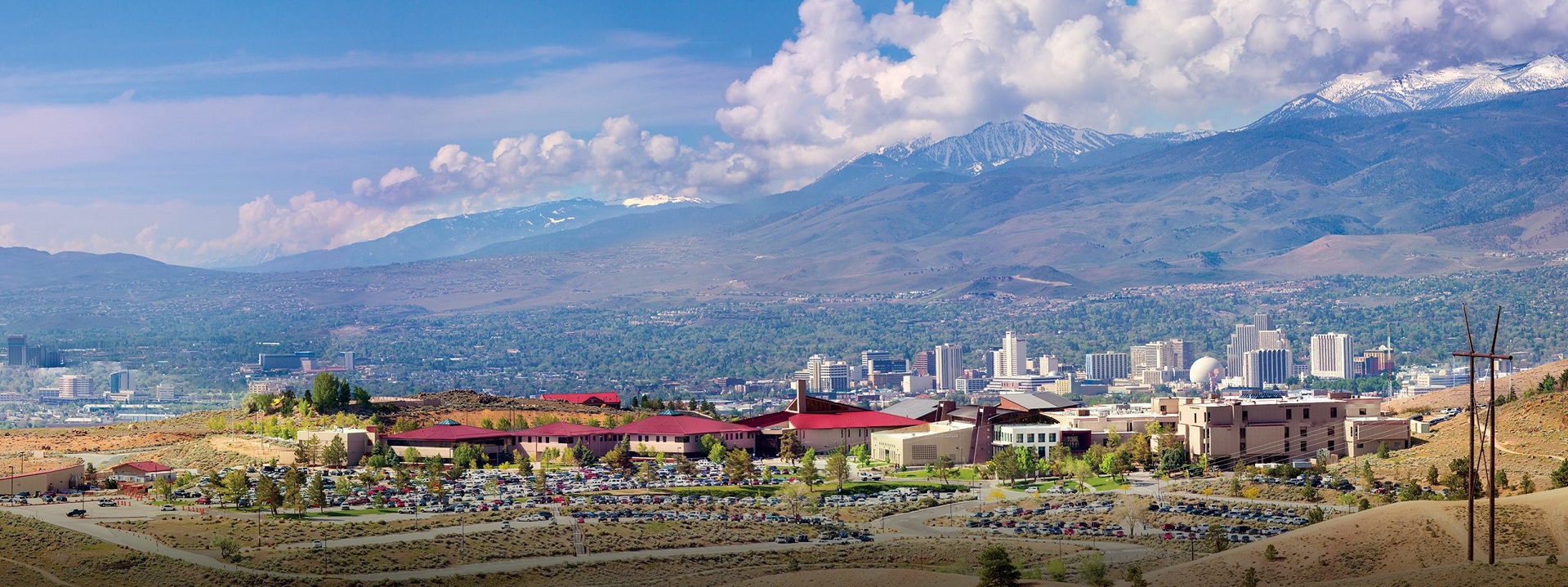This is a significant ASHRAE achievement and we do not mind saying so.
The original University of Michigan standards advocacy enterprise began participating in ASHRAE 201 Facility Smart Grid Information Model as a user-interest from 2012 until the end of 2016. Other US-based accredited standards developers in electrotechnology — such as the Institute of Electrical and Electronic Engineers and the National Electrical Manufacturers Association — compete in the “smart grid” space. We follow them too; commenting when we can, collaborating with the IEEE Education & Healthcare Facilities Committee.
As the largest non-residential building construction market in the United States, the education facility industry should contribute meaningfully (with data, insight, pilot-sites, faculty and staff support, etc.) to all standards developers to help them improve their products.
ASHRAE 201 is a solid product in a complex space noteworthy for its technical specifics); its purpose reproduced below:
“FOREWORD. The effort to substantially modernize and transform the national electric grid and create what has become known as a “smart grid” is an enormous undertaking that reflects both the size and importance of the electric grid. Viewed in its entirety, it is an international effort involving hundreds of organizations and companies, and it will impact billions of people. The standards infrastructure that will be needed to support this transformation may include over one hundred standards by the time that it is fully in place. This standard is one part of that infrastructure.
Almost all electricity is consumed in a building of some kind – homes, retail establishments, offices, schools, factories, hospitals – the list goes on. This standard attempts to capture the breadth and diversity of these consumers by using the term “facility.” A facility is any kind of building or collection of buildings, and all of the electrical loads or local generation sources contained within them or controlled by the facility owner.
Historically, electricity consumption has been viewed as a collection of dumb loads at the end of a distribution system. There has been almost no interaction between the “loads” and those responsible for electricity generations and distribution. The vision of the smart grid changes this picture radically. In a smart grid world, facilities become full partners in supporting and managing the electric grid. Facilities become generators using local renewable or other generation capacity. Facilities moderate electrical demand in response to fluctuations in the price or [availability]sp of electricity. Facilities communicate and negotiate with energy providers, sharing information about the facility’s projected electrical demand or ability to respond to the energy provider’s needs for maintaining grid stability and reliability.
In some respects all facilities have common characteristics and needs with respect to interactions with a smart grid, regardless of whether the facility is a commercial, institutional, or industrial building, or a private home. The Facility Smart Grid Information Model (FSGIM) standard attempts to capture this commonality and standardize the content of the information that a facility manager needs to have, or, in some cases, needs to exchange with the energy provider, in order to manage the facility. Energy providers benefit from the FSGIM standard because it enables interaction with all different types of facilities in a common way. Facility owners benefit because products can be designed for use in multiple facility types and products designed primarily for one type of facility, a home for example, can more easily be used in another, say a commercial building.
An information model is an abstraction, not an implementation. This abstract representation is a way to account for the reality that the technology used to manage a facility may be quite different depending on the type of facility. It is intended that the FSGIM will be used to develop or enhance other standards that define technology and communication protocol specific implementations of the model for particular markets.
The FSGIM was developed in the context of a much larger framework of smart grid standards. It builds on some of those standards in a way that is intended to maintain consistency and harmony with established and developing standards that impact the information needed to managing the facility, while at the same time capturing all of the key information needed in one place.
If the smart grid is to become a reality there must be smart facilities of all types that interact with it. The considerable time and talent that went into developing the FSGIM was invested in order to lay a solid foundation upon which to fulfill this vision.”
Campus environmental automation units — building automation and control staff — take note. Today, we simply identify the opportunity to review the updated 837-page document whole cloth and encourage our colleagues running building environmental units to participate directly on ASHRAE Public Commenting platform, linked below:
Public Review Draft Standards / Online Comment Database
At the moment, as of this posting, this standard appears to be stabilized.
Comments are due December 16th.
All ASHRAE consensus products are on the agenda of our periodic Energy and Mechanical colloquia. See our CALENDAR for the next online meeting; open to everyone.
Colleagues: David B. Anderson, David Conrad, Mike Anthony, Jim Harvey, Larry Spielvogel, Ted Weidner
More



